Dachigam National Park is a picturesque wildlife sanctuary nestled in the Himalayas of Kashmir. This natural reserve is a dream destination for nature lovers, trekkers, and wildlife enthusiasts who want to witness the beauty of the Himalayan wilderness. In this article, we will explore the mesmerizing landscape and rich biodiversity of Dachigam National Park.
Introduction
Dachigam National Park is a nature lover’s paradise located in the state of Jammu and Kashmir. This sanctuary boasts of magnificent mountains, dense forests, and crystal-clear streams, making it a perfect spot for adventurous souls. The park is a protected area under the Wildlife Protection Act, and its natural splendor attracts visitors from around the world.
Location and Geography
Dachigam National Park is situated in the Zabarwan Range of the western Himalayas, 22 kilometers northeast of Srinagar, the capital of Jammu and Kashmir. The park covers an area of 141 square kilometers and includes two adjoining reserves, namely, Dachigam and Harwan.
The park’s altitude ranges from 1,550 meters to 4,130 meters above sea level. It comprises two zones, the lower Dachigam and the upper Dachigam. The lower region is a forested area, while the upper area is alpine and has steep rocky terrain.
History of Dachigam National Park
The history of Dachigam National Park dates back to the 1900s when it was declared as a game reserve by the Maharaja of Kashmir. In 1951, it was upgraded to a wildlife sanctuary, and in 1981, it was declared as a national park. The park’s primary objective is to conserve the endangered species of the Himalayan region.
Flora and Fauna
Dachigam National Park is home to a diverse range of flora and fauna. The park’s vegetation is dominated by coniferous forests of pine, deodar, fir, and oak trees. The lower region of the park is covered with dense forests, while the upper region is mostly barren.
The park’s wildlife includes several endangered species, such as the Himalayan black bear, the Kashmir stag or hangul, musk deer, leopard, and snow leopard. Other animals found in the park are the Himalayan serow, jungle cat, Himalayan weasel, and the Himalayan mouse hare.
Endangered Species
The park’s most significant conservation achievement is the preservation of the Kashmir stag or hangul. This species was on the brink of extinction, with only 150 individuals left in the wild. However, due to the park’s conservation efforts, the population has now increased to over 400 individuals.
Trekking and Hiking Trails
Dachigam National Park is a popular trekking destination, with several trails for all levels of trekkers. The most famous trek is the Dachigam Trek, which takes you through the park’s lower region and offers stunning views of the forested valleys and mountains.
For those looking for a more challenging trek, the upper Dachigam region For those looking for a more challenging trek, the upper Dachigam region offers a trekking trail that leads to the Marsar Lake. This trek is for experienced trekkers as it involves navigating through steep terrain and high altitudes. However, the views from the top are worth the effort, with panoramic vistas of the snow-capped mountains and the crystal-clear lake.
Apart from trekking, the park also offers several hiking trails that take you through the park’s dense forests and valleys. The trails are well-marked and provide an excellent opportunity for birdwatching and wildlife spotting.
Best Time to Visit
The best time to visit Dachigam National Park is during the summer months from May to August when the weather is pleasant, and the park is open to visitors. However, if you’re interested in trekking and want to experience snowfall, the winter months from December to February are ideal. The park remains closed during the monsoon season from September to November due to heavy rainfall and landslides.
Accommodation
Dachigam National Park has limited accommodation options, with only a few guesthouses and lodges within its premises. However, several hotels and resorts are available in the nearby city of Srinagar, which is just a short drive away from the park.
How to Reach Dachigam National Park
The nearest airport to Dachigam National Park is Srinagar International Airport, which is approximately 35 kilometers away. The airport is well-connected to major cities in India and abroad.
The park is also accessible by road, with regular buses and taxis available from Srinagar. Private vehicles can also be hired for a more comfortable and convenient journey.
Entry Fees and Permits
Visitors to Dachigam National Park need to obtain an entry permit, which is available at the park’s gate. The entry fee for Indian visitors is INR 50 per person, while foreign visitors are charged INR 300 per person. Additional charges apply for cameras and vehicles.
Dos and Don’ts
To preserve the park’s natural beauty and wildlife, visitors are advised to follow these dos and don’ts:
- Do carry a valid ID proof and entry permit.
- Do wear comfortable clothes and sturdy shoes.
- Do carry water and snacks.
- Don’t litter the park or disturb the wildlife.
- Don’t carry any firearms or weapons.
- Don’t venture into restricted areas without permission.
Safety and Precautions
Dachigam National Park is a safe destination for visitors, but it’s essential to take necessary precautions to ensure a comfortable and hassle-free trip. Some tips to keep in mind:
- Always carry warm clothing, especially during the winter months.
- Keep a first-aid kit handy in case of emergencies.
- Hire a guide or take the help of the park rangers for trekking and hiking.
- Avoid venturing out alone or after dark.
Tips for Travellers
- Carry enough cash as there are no ATMs or card payment facilities available within the park.
- Pack sunscreen, sunglasses, and a hat to protect yourself from the sun.
- Carry a good quality camera to capture the stunning views and wildlife.
- Respect the local customs and traditions.
Conclusion
Dachigam National Park is a must-visit destination for anyone who wants to experience the beauty of the Himalayas and witness the rich biodiversity of the region. The park’s stunning landscape, diverse flora and fauna, and challenging trekking trails make it an ideal spot for adventure enthusiasts and nature lovers. With proper planning and precautions, a trip to Dachigam National Park can be an unforgettable experience.
FAQs
- What is the best time to visit Dachigam National Park?
The best time to visit Dachigam National Park is from April to October, when the weather is pleasant and the park is open to visitors. However, the best time to spot the park’s wildlife is from May to August.
- Are there any accommodation options available inside the park?
No, there are no accommodation options available inside the park. However, there are several hotels and guesthouses located near the park that offer comfortable accommodation options.
- Is it safe to trek in Dachigam National Park?
Yes, it is safe to trek in Dachigam National Park, as long as you follow the guidelines and take necessary precautions. It is advisable to hire a local guide for the trek.
- Can I go for a safari in Dachigam National Park?
No, there are no safari options available in Dachigam National Park. However, you can go for a trek and spot the park’s wildlife from a distance.
- Are there any entry fees for visiting Dachigam National Park?
Yes, there is an entry fee for visiting Dachigam National Park, which varies for Indian and foreign tourists. Additionally, you may have to pay a camera fee if you plan to click photographs inside the park.


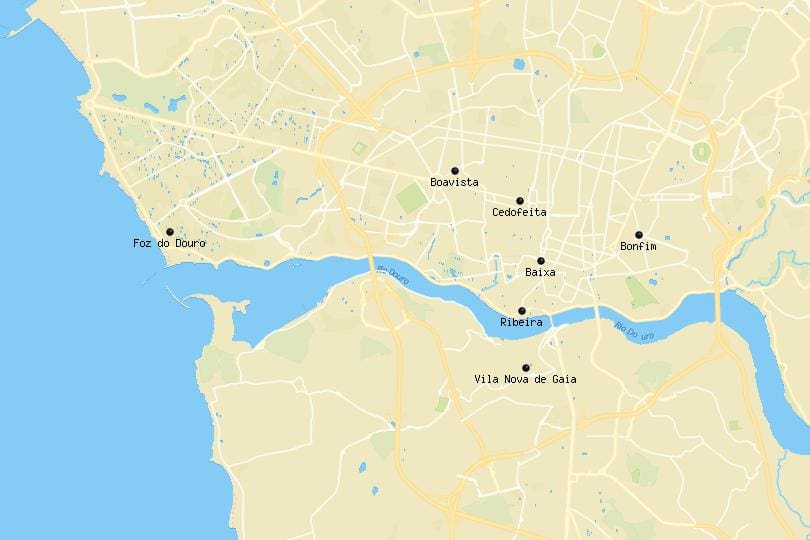

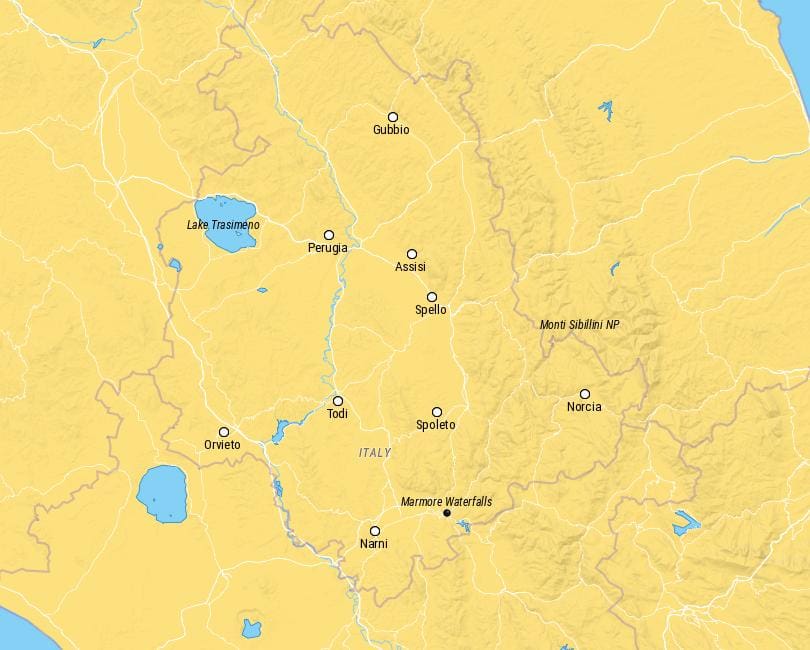


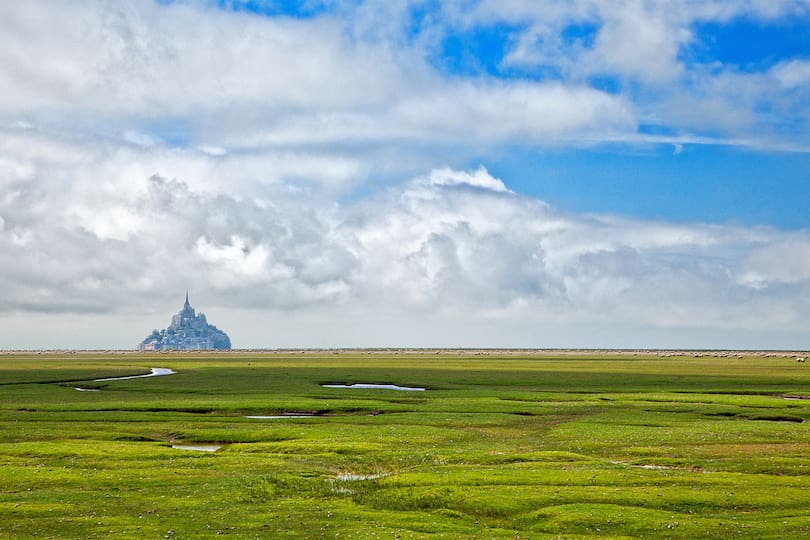





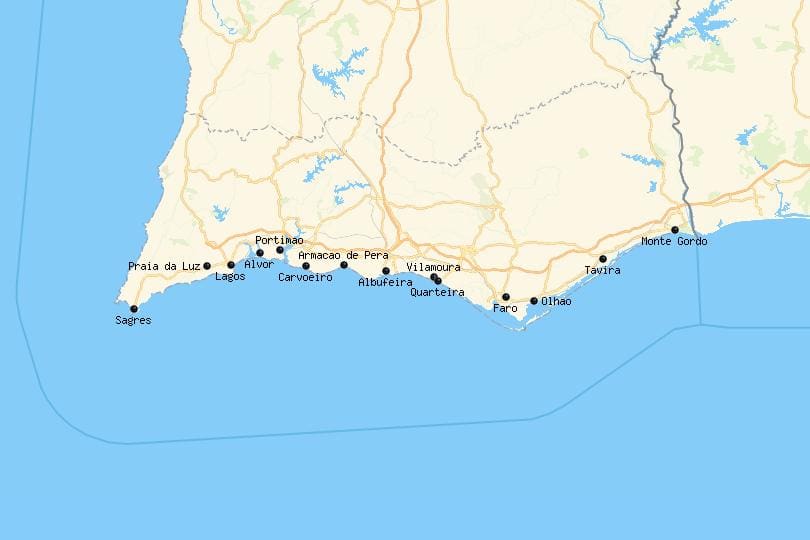

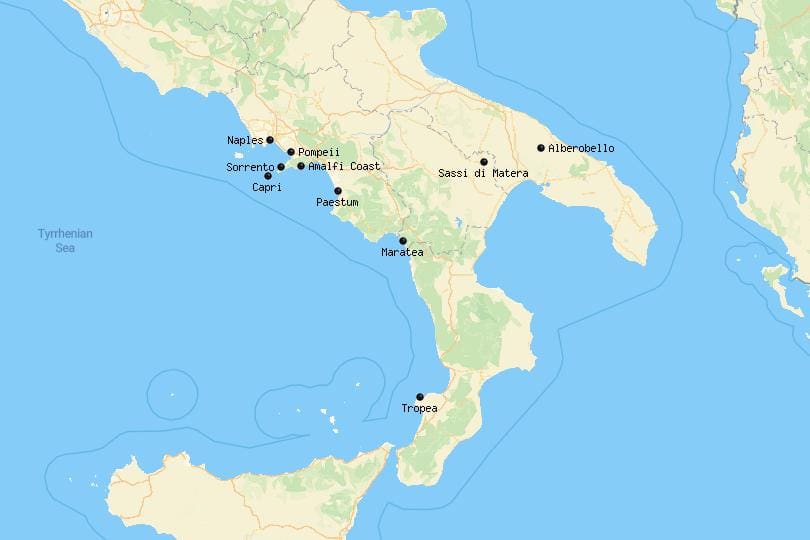



This article gives clear idea in favor of the new people of blogging,
that in fact how to do blogging.
Article writing is also a fun, if you know then you can write otherwise it is complex to
write.
Hi there to all, the contents existing at
this website are truly awesome for people experience, well,
keep up the good work fellows.
Hey, I think your blog might be having browser compatibility issues.
When I look at your website in Ie, it looks fine but when opening in Internet Explorer, it
has some overlapping. I just wanted to give you a quick heads up!
Other then that, amazing blog!
Excellent post. I was checking continuously this blog and I’m
impressed! Very useful information particularly the
last part :) I care for such info much. I was seeking this particular information for a very long time.
Thank you and good luck.
A motivating discussion is worth comment. I do believe that you should publish more on this
issue, it might not be a taboo matter but typically people don’t talk about
such topics. To the next! Many thanks!!
Nice blog here! Also your web site loads up very
fast! What host are you using? Can I get your affiliate link to
your host? I wish my site loaded up as quickly as yours lol
my web-site :: Filling Machine